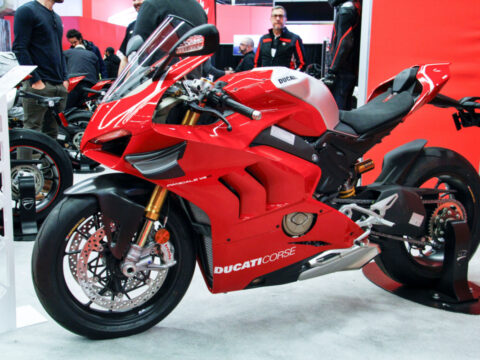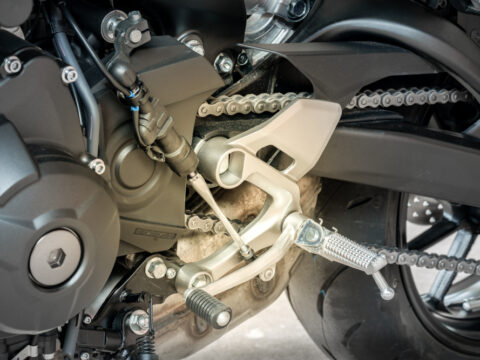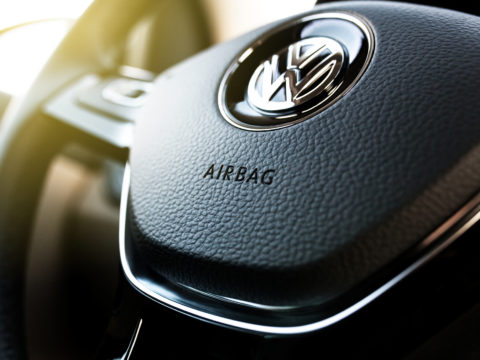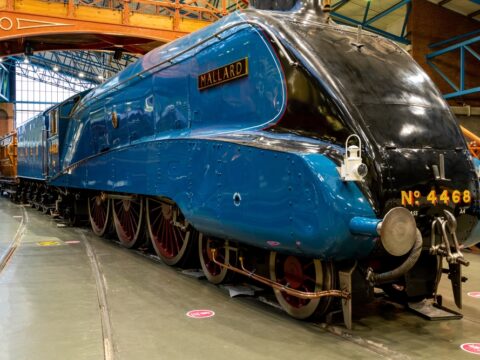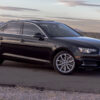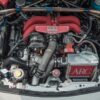When two automakers join forces, it often promises innovation and success. However, not every collaboration turns out as planned. Some partnerships lead to cars that miss the mark entirely, leaving behind stories of what could have been. In this article, we’ll explore 15 of the biggest car collaboration disasters that left a lasting impact on the industry.
Contents
Ford and Edsel
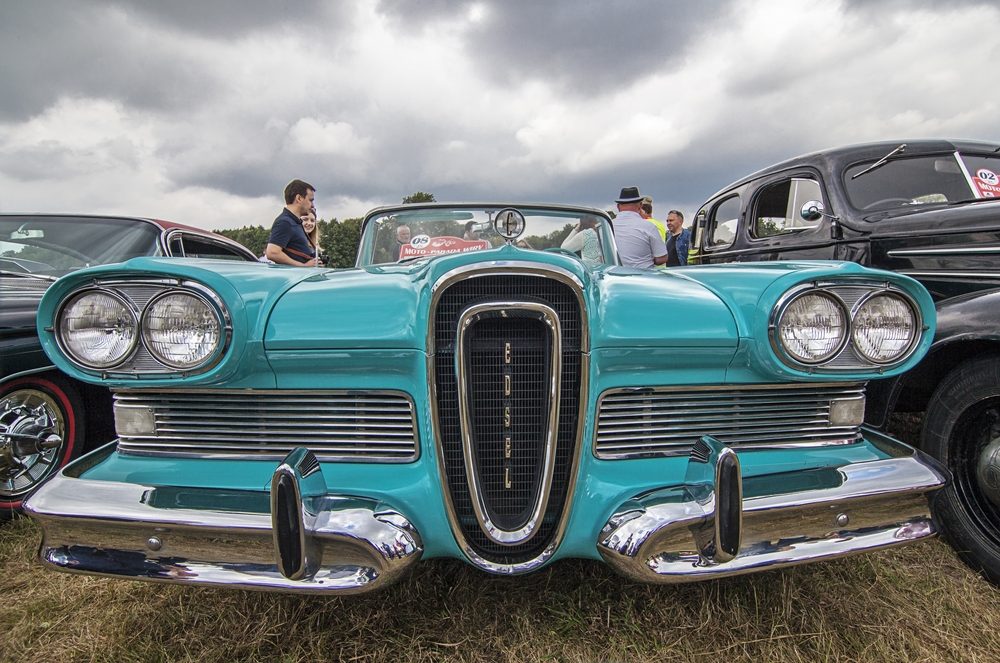
Ford’s ambitious attempt to create a new brand, Edsel, ended in disaster. The car was designed to fit between Ford and Mercury, but its peculiar styling, mechanical issues, and mismanagement in marketing led to public disinterest. The Edsel became synonymous with failure, losing Ford over $250 million in the late 1950s, a staggering sum at the time.
Mercedes-Benz and Chrysler (DaimlerChrysler)
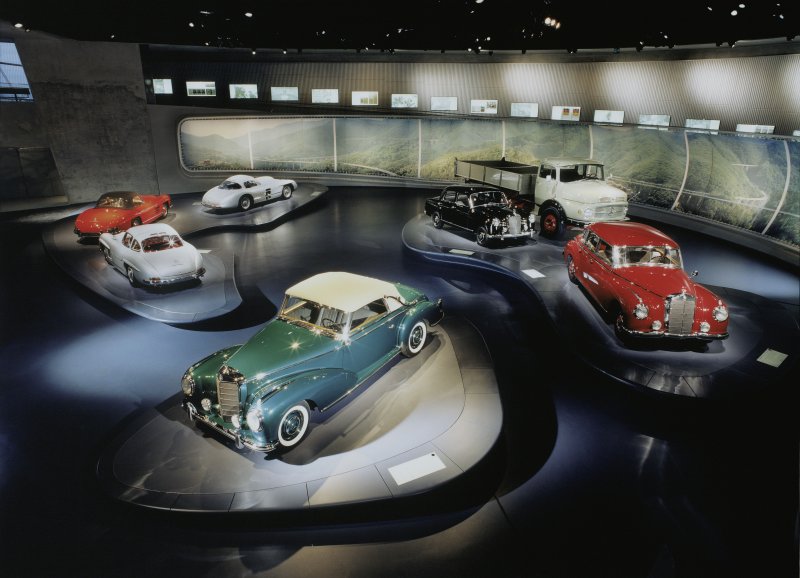
The 1998 merger between Mercedes-Benz and Chrysler was meant to create a global automotive powerhouse. However, the cultural differences between the two companies proved insurmountable. Mercedes’ high-end engineering clashed with Chrysler’s mass-market focus, leading to uncoordinated product development and billions in losses before the companies split in 2007.
Subaru and Saab (9-2X)
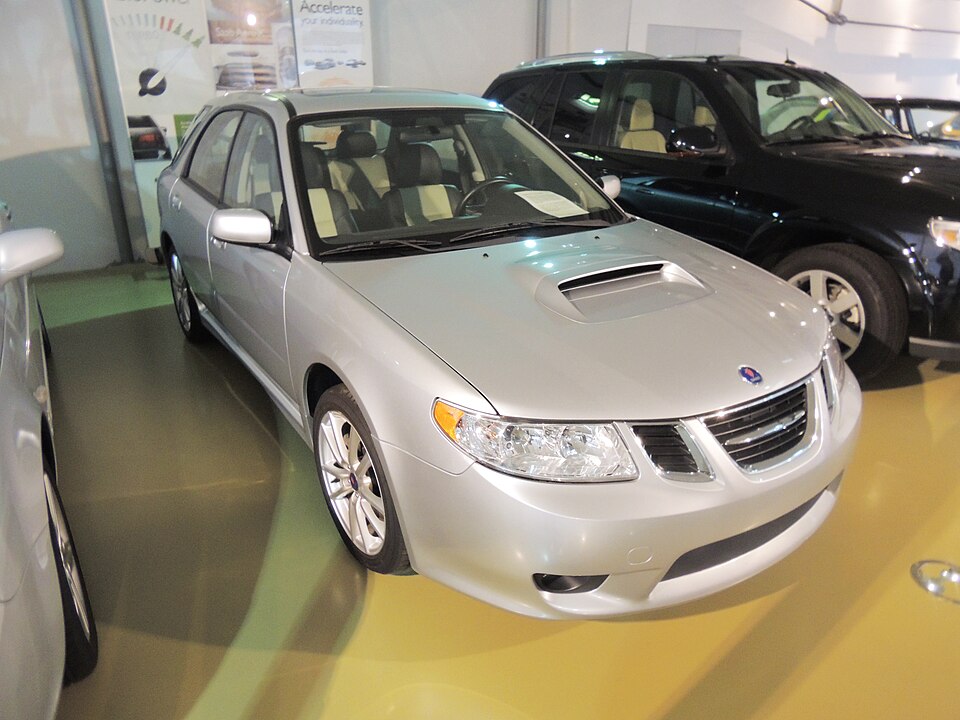
Dubbed the “Saabaru,” the Saab 9-2X was a rebadged Subaru Impreza. While Subaru’s engineering was sound, Saab enthusiasts disliked the model’s lack of distinctiveness, and Subaru fans preferred the original. The vehicle never caught on with either market, making it a commercial failure.
Fiat and Chrysler

Fiat’s acquisition of Chrysler in 2009 brought high hopes, but the partnership has been riddled with inconsistent product launches and mixed reputations in North America. Fiat’s small car focus clashed with Chrysler’s larger vehicle lineup, and while some models have succeeded, the overall collaboration has been rocky, with Fiat’s market presence in the U.S. still underwhelming.
BMW and Rover

BMW’s acquisition of Rover in 1994 turned into a financial disaster. Rover’s aging lineup and poor reputation for reliability clashed with BMW’s premium image. After years of losses, BMW sold Rover in 2000, marking one of its biggest corporate failures, with a reported loss of around £2 billion.
Renault and AMC (Alliance)
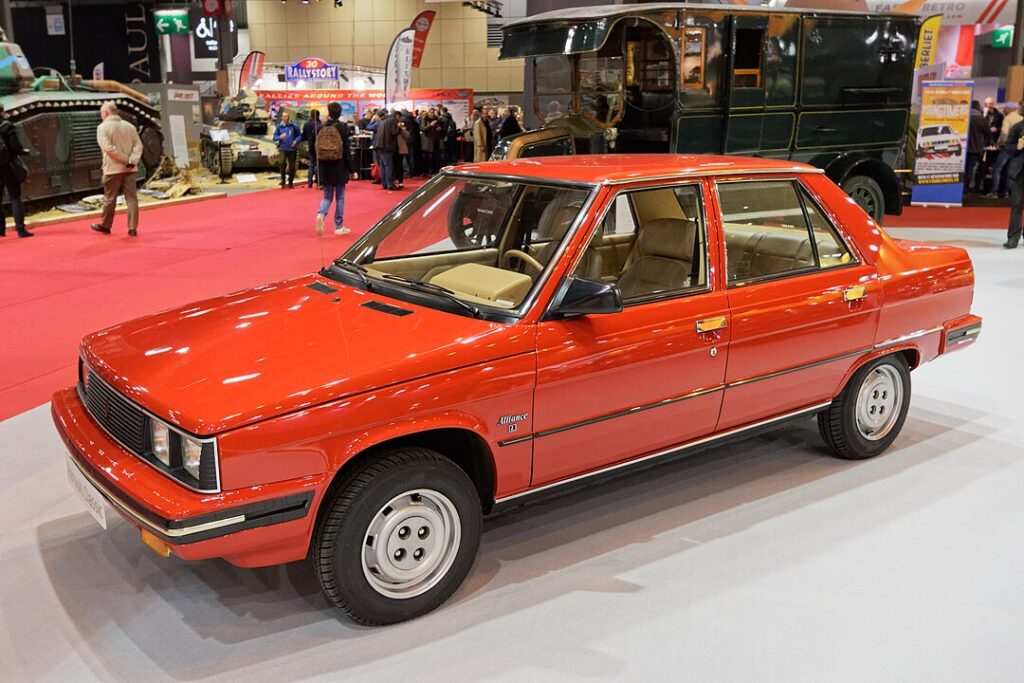
Renault’s attempt to break into the U.S. market with AMC resulted in the Renault Alliance, a subcompact car built in partnership with AMC. However, the car was plagued by poor build quality and reliability issues, tarnishing both Renault’s and AMC’s reputations. Production ceased in 1987, with the Alliance being remembered as a flop.
Toyota and Tesla (RAV4 EV)
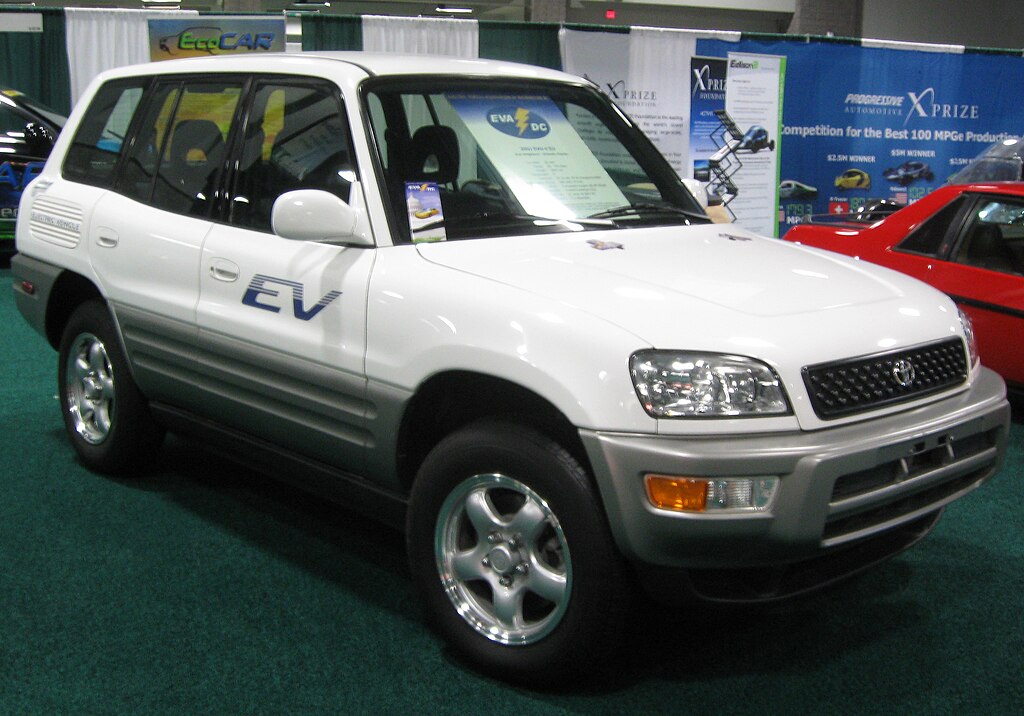
Toyota and Tesla teamed up to produce an electric version of the RAV4, but the collaboration was expensive and niche. The RAV4 EV was priced far above its competition and had limited range, which, combined with a lack of infrastructure for electric vehicles at the time, led to its quick discontinuation.
Honda and Rover (Acura SLX)
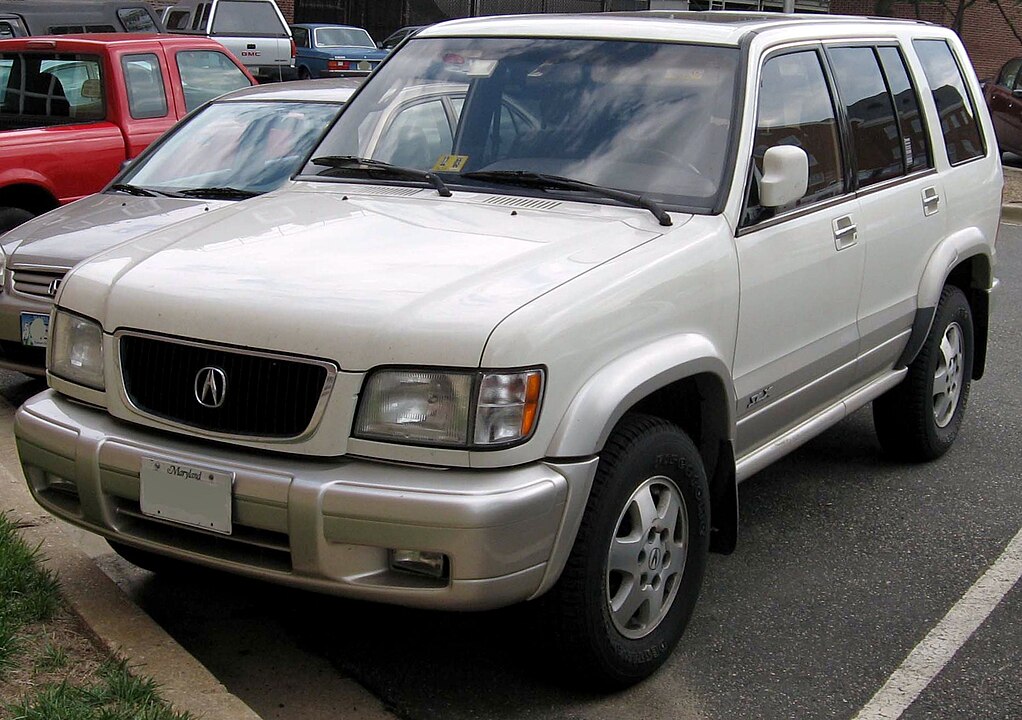
Honda’s rebadging of the Isuzu Trooper as the Acura SLX aimed to break into the luxury SUV market, but the vehicle couldn’t compete against well-established rivals. The SLX lacked the refinement Acura buyers expected, making it a poor fit in the luxury segment and leading to its quick demise.
Ford and Mazda (Mazda Navajo)
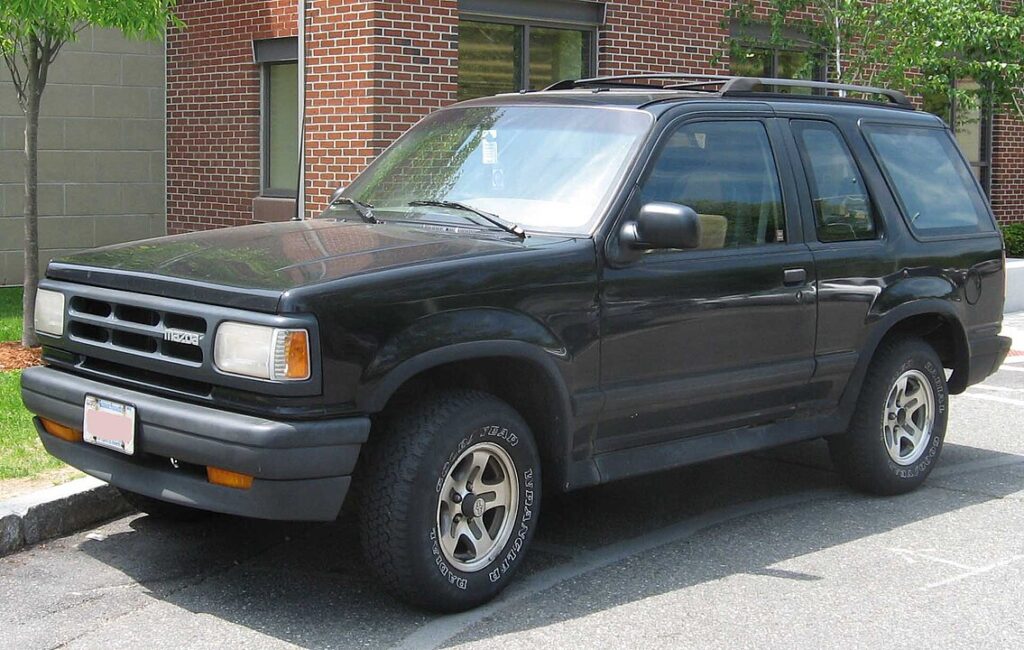
The Mazda Navajo was essentially a rebadged Ford Explorer, but the two vehicles were too similar for the Navajo to stand out. Consumers opted for the better-known Explorer, leaving the Navajo with lackluster sales. Mazda discontinued the model after just a few years, marking it as a failed collaboration.
Chrysler and Maserati (Chrysler TC by Maserati)
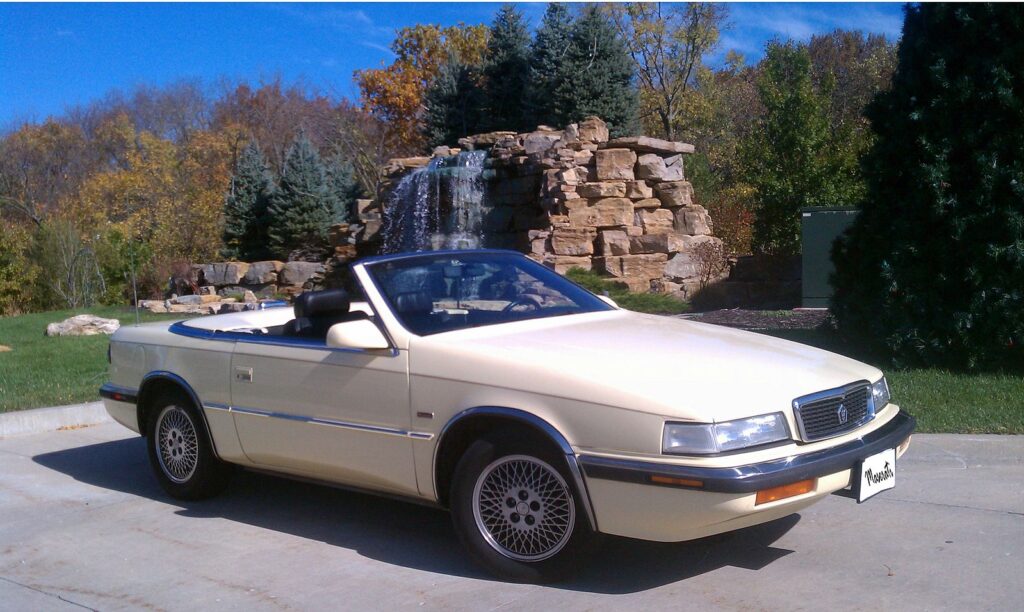
Chrysler’s attempt to combine Italian luxury with American practicality in the Chrysler TC by Maserati was a commercial failure. The vehicle’s high price, confusing branding, and underwhelming performance left buyers disappointed. It was discontinued after just a few years due to poor sales.
Mercedes-Benz and Infiniti (Infiniti Q30)
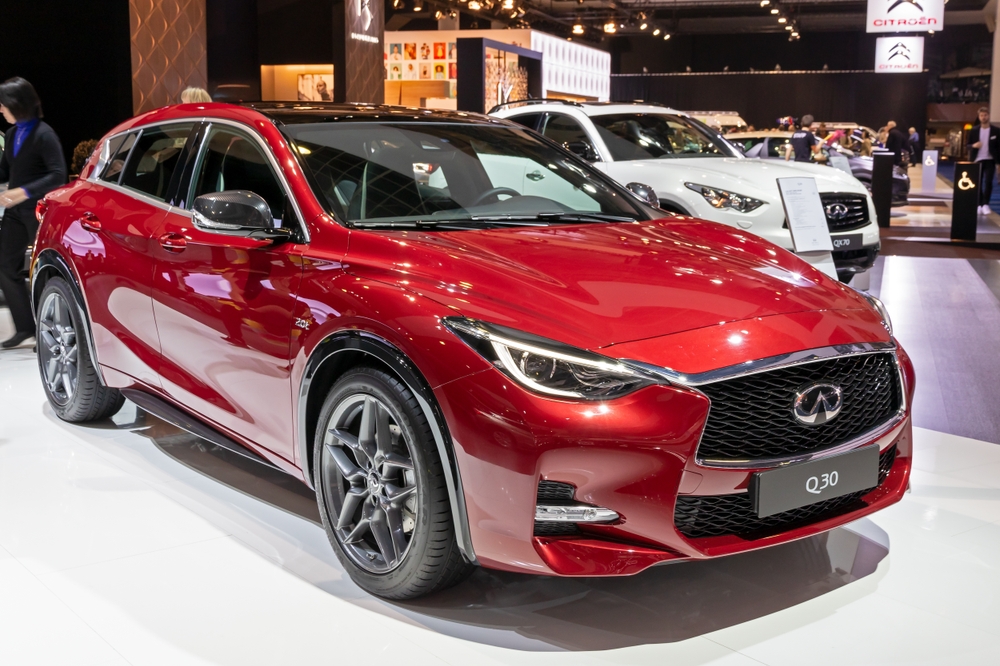
The Q30 was Infiniti’s attempt to tap into the premium compact segment with Mercedes-Benz components. However, the vehicle lacked the premium feel that Infiniti customers expected, leading to disappointing sales. The collaboration did little to elevate Infiniti’s image, and the Q30 was quietly discontinued.
Nissan and Renault (Tata Indica)

Renault and Nissan’s collaboration with Tata Motors on the Indica was aimed at producing an affordable car for the Indian market. However, poor build quality, reliability issues, and safety concerns plagued the Indica, leading to its failure despite being positioned as a cost-effective vehicle.
Chevrolet and Toyota (Geo Prizm)
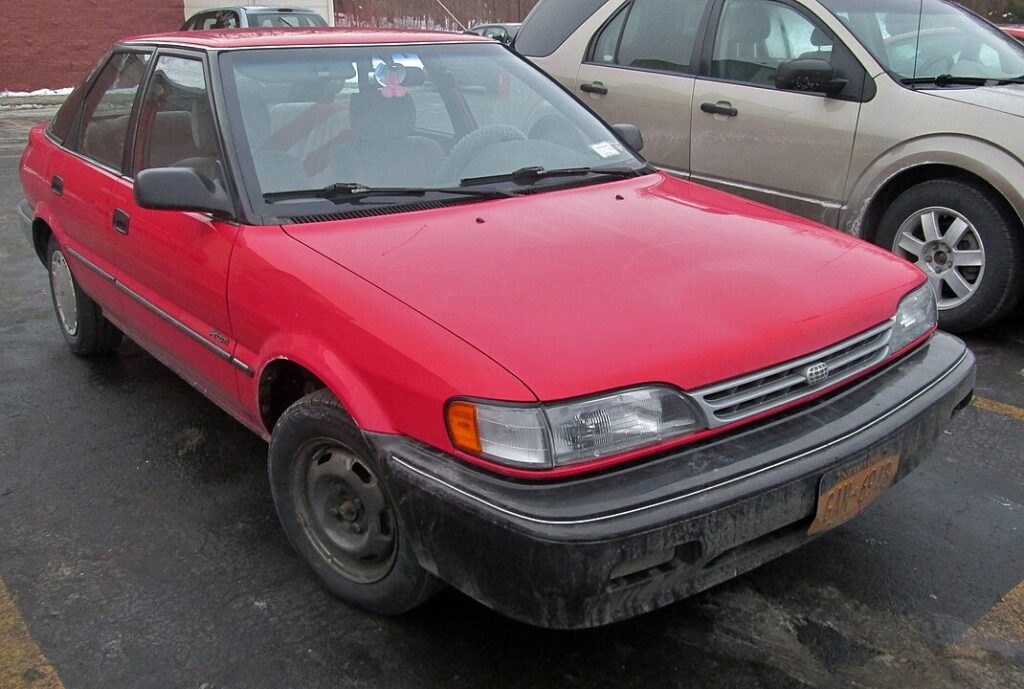
The Geo Prizm was a rebadged Toyota Corolla aimed at the U.S. market. While reliable, it offered little differentiation from the Corolla, and consumers saw no reason to choose the Prizm over its Toyota counterpart. The lack of unique features led to its eventual discontinuation.
Volkswagen and Ford (Amarok)
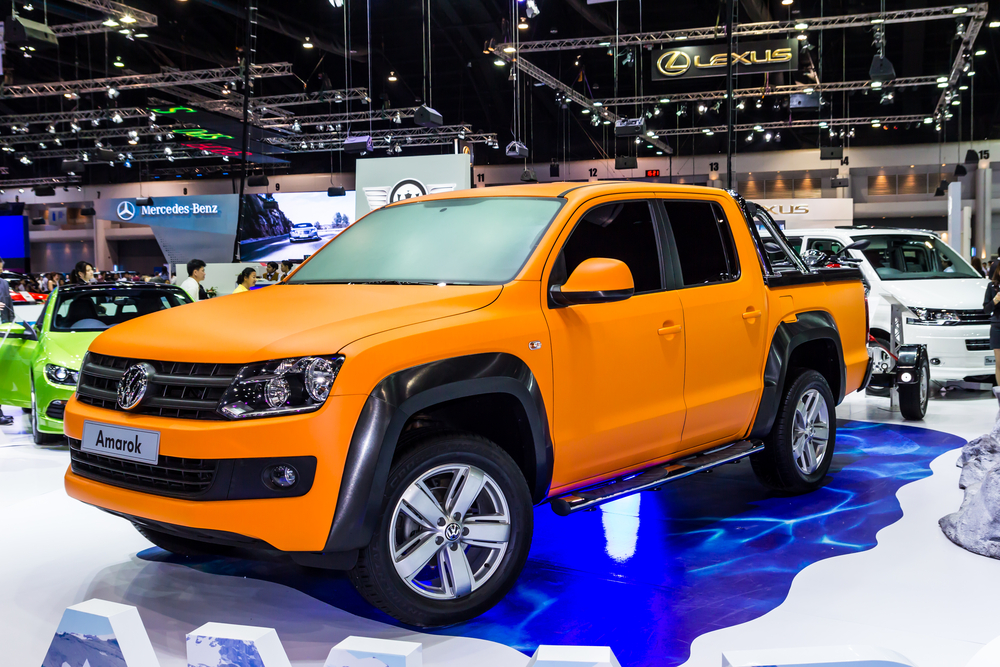
Volkswagen’s collaboration with Ford on the Amarok pickup truck aimed to enter the competitive truck market, but the vehicle struggled to gain traction outside of a few regions. It lacked the brand loyalty and market presence needed to compete with established pickup truck leaders.
GM and Fiat (Chevy Niva)
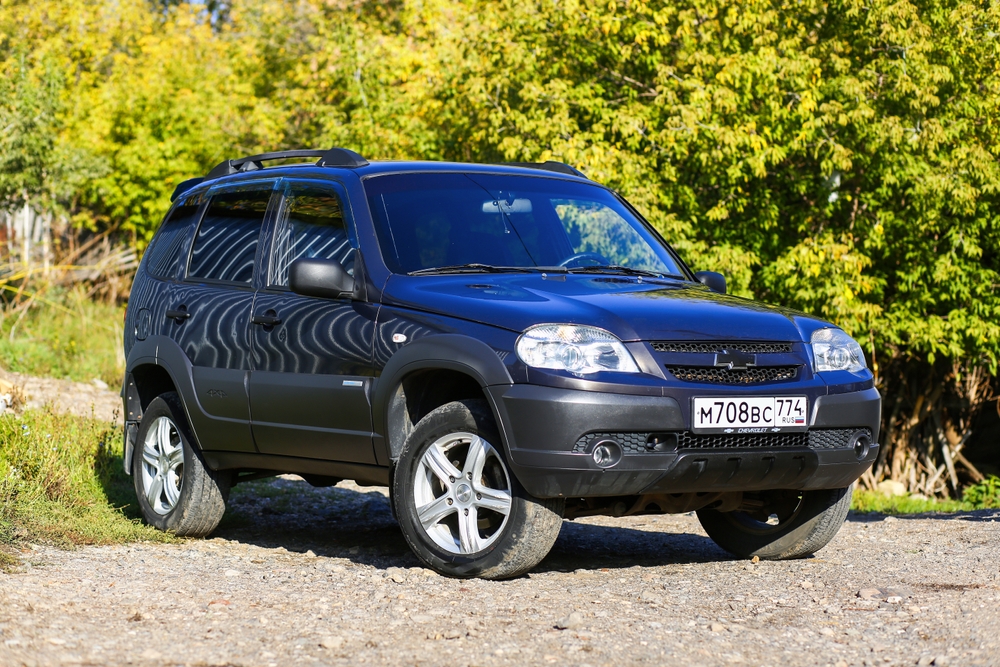
GM and Fiat’s joint venture on the Chevrolet Niva was intended to produce an affordable off-road SUV, but the vehicle was hampered by outdated technology and inconsistent build quality. Sales were sluggish, particularly outside Russia, making the collaboration a commercial disappointment.
This article originally appeared in MyCarMakesNoise.
More from MyCarMakesNoise
10 Hidden Costs of Collecting Vintage Motorcycles

Collecting vintage motorcycles can be a thrilling and rewarding hobby, offering the chance to own pieces of history that carry both aesthetic and sentimental value. However, the allure of these classic machines often comes with hidden costs that many enthusiasts overlook when they first begin. Read More
15 Luxury Cars That Didn’t Live Up to Their Price Tag

When it comes to luxury cars, buyers expect a perfect blend of performance, cutting-edge technology, and high-end materials to justify their premium price tags. However, not every luxury vehicle lives up to these lofty expectations. Read More
13 Vintage Cars That Still Run Smoothly After Decades

Vintage cars hold a unique charm that modern vehicles often can’t replicate. Beyond their classic designs and nostalgic appeal, many vintage cars were engineered to stand the test of time. Read More

